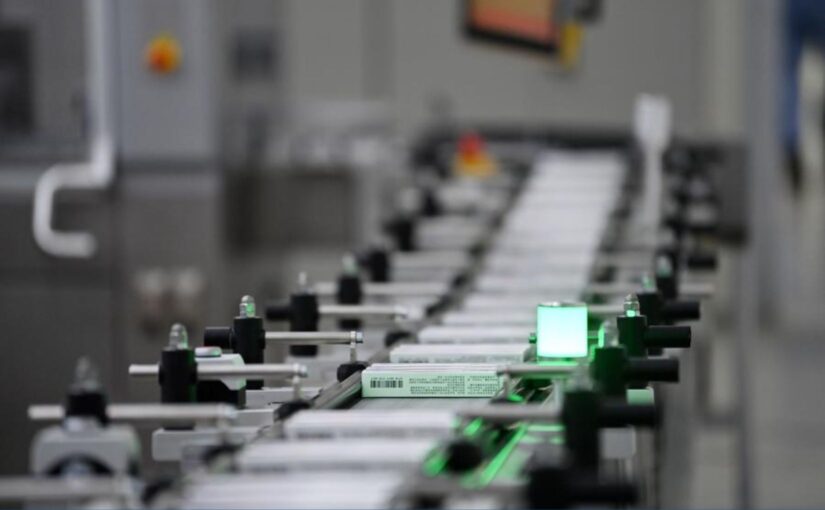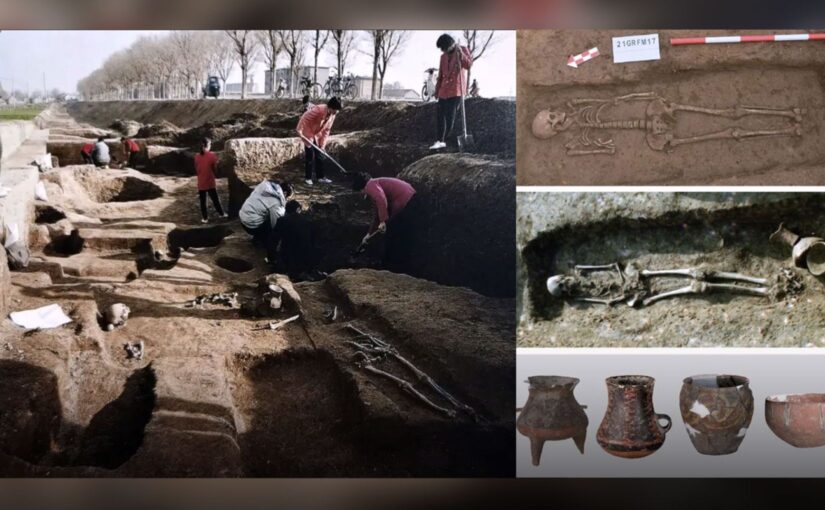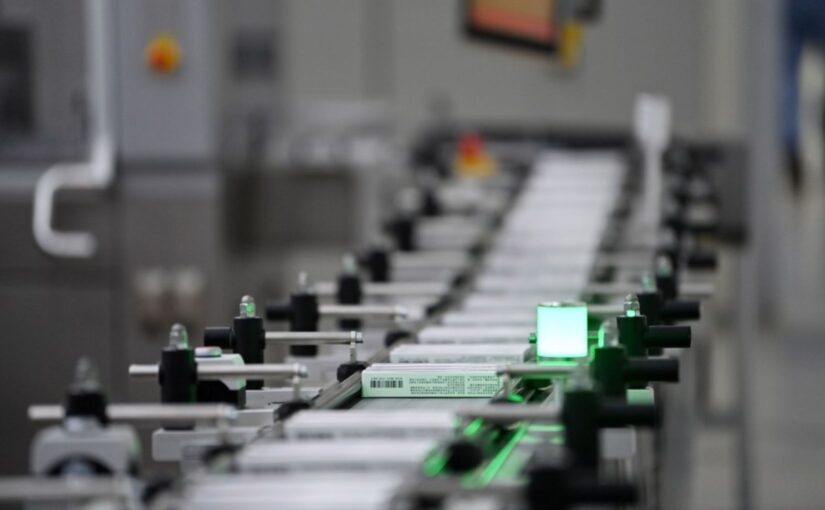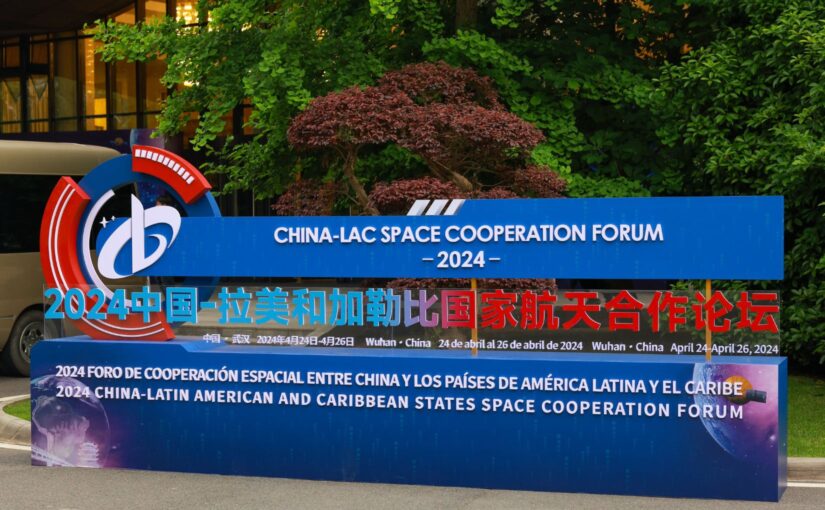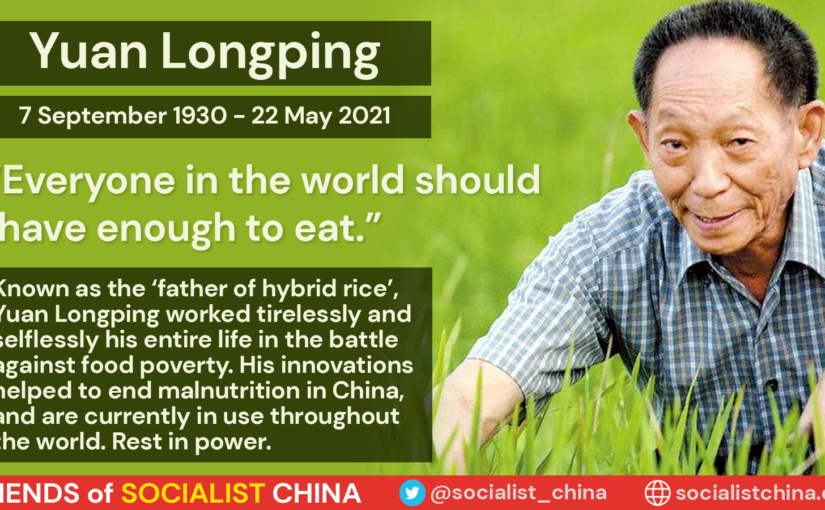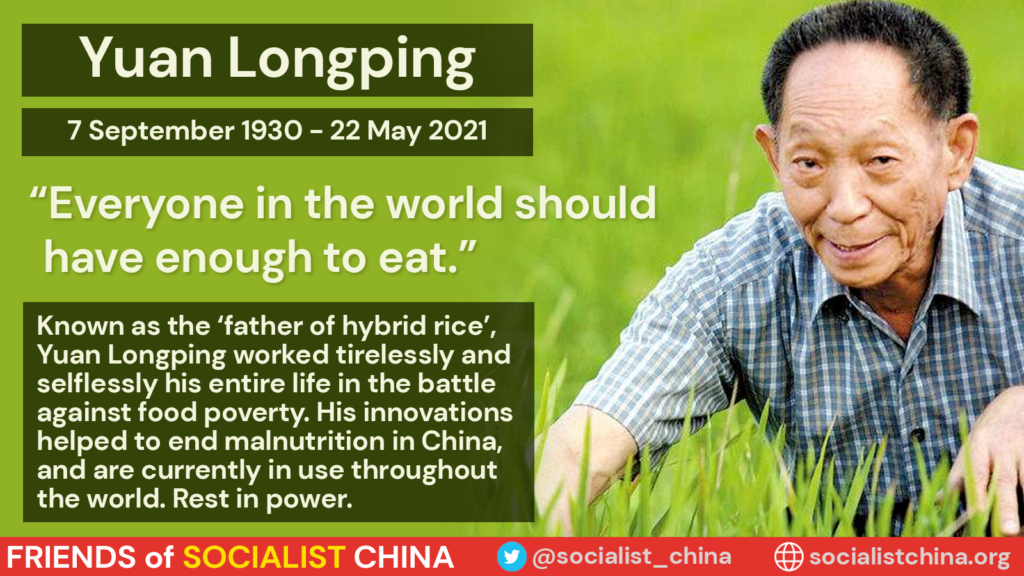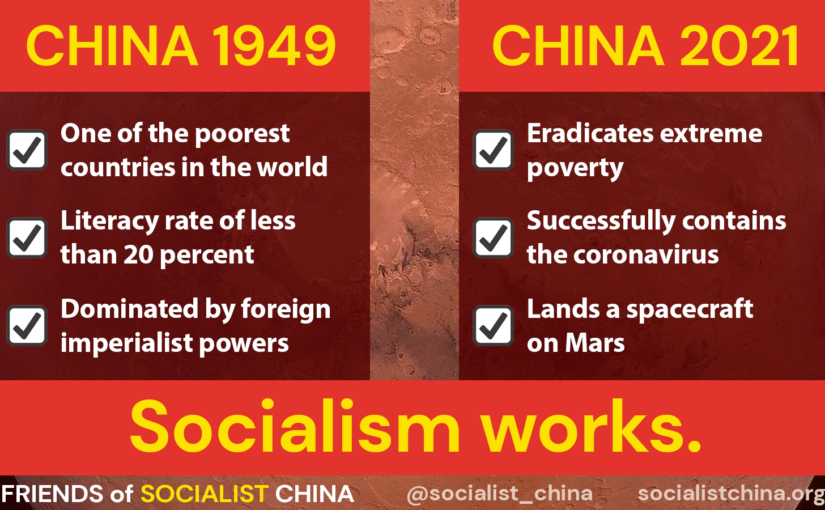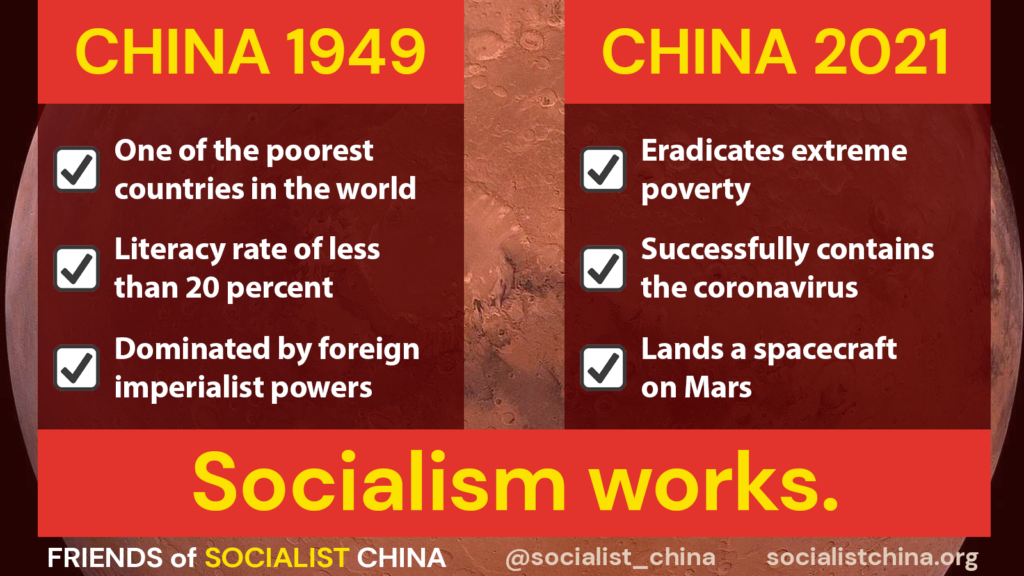The following article by Bhabani Shankar Nayak highlights China’s groundbreaking advances in tackling one of the world’s most devastating illnesses. According to the International Diabetes Federation, 589 million adults currently live with diabetes, a figure projected to reach 853 million by 2050. The disease causes 3.4 million deaths annually and costs over USD 1 trillion in healthcare spending. For Western pharmaceutical corporations, the author argues, this represents a lucrative “business of sickness,” that is focused not on curing diabetes but on managing it – for a profit.
Bhabani writes that China may now be disrupting this model. Scientists at Tianjin First Central Hospital have developed a stem-cell therapy using patients’ own fat cells to generate insulin-producing islet cells. Implanted under the abdomen, these cells restore natural insulin regulation. Clinical trials show extraordinary results: Type-1 patients stopped insulin within 75 days, and Type-2 patients within eleven weeks. The European Medical Journal hailed this as a “milestone,” while China’s National Medical Products Administration is fast-tracking further trials to make the therapy widely available within three years.
This development comes hot on the heels of a recent innovation by Shanghai doctors restoring normal insulin production using pancreatic cells derived from the patient’s own stem cells.
Bhabani stresses that China’s successes in medical science are rooted in the country’s policy-driven investment in public health and medical research, exemplified by the “Shanghai Integration Model” that integrates public initiatives with research-based medicine. Unlike profit-driven Western systems, China’s approach is grounded in the principle of health over profit, producing breakthroughs not only in diabetes but also in AIDS and obesity treatment.
Contrasting China’s people-centred development with Western capitalism, Bhabani concludes that while “imperialism—led by the United States—invests in war,” China invests in life-saving science. Its model, he argues, offers an alternative based on collective welfare, innovation, and human dignity.
In a world shaped by competing models of development, China’s approach stands as a powerful alternative rooted in collective welfare, scientific progress, and the dignity of life.
Bhabani Shankar Nayak is a Professor of Business Management at London Metropolitan University. He is the author or editor of numerous books and articles on China and other issues related to development in the Global South. This article was first published in Countercurrents.
The International Diabetes Federation (IDF)’s Diabetes Atlas reports that 589 million adults (aged 20–79) are currently living with diabetes—equivalent to 1 in 9 adults worldwide. This number is projected to rise to 853 million by 2050. The report also states that diabetes was responsible for 3.4 million deaths in 2024, equating to one death every nine seconds. Additionally, diabetes accounted for at least USD 1 trillion in health expenditures, representing a 338% increase over the past 17 years. The report further predicts that diabetes-related health spending will continue to rise, exceeding USD 1.054 trillion by 2045.
Diabetes is a silent epidemic, causing death and suffering on an unimaginable scale. However, for pharmaceutical corporations, insurance companies, and private healthcare providers, it represents a highly profitable business opportunity. The commercialization of illness lies at the heart of capitalism, particularly in the healthcare models practiced by many large corporations based in the United States and Europe. The pharmaceutical industry manages diabetes through ongoing treatment but rarely invests in a cure—treating the disease as though it were incurable.
Continue reading China strikes diabetes